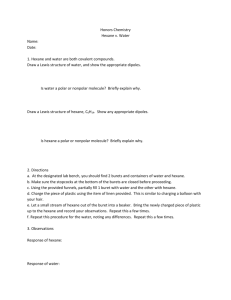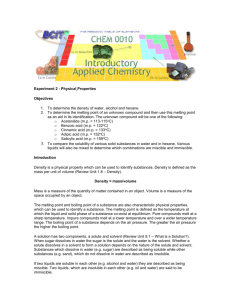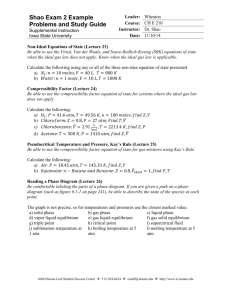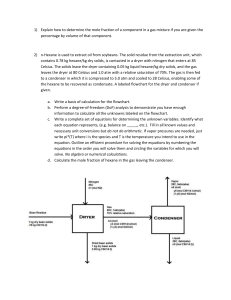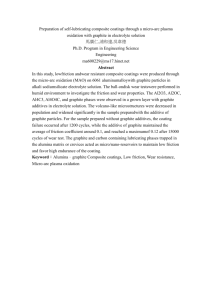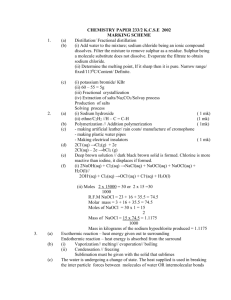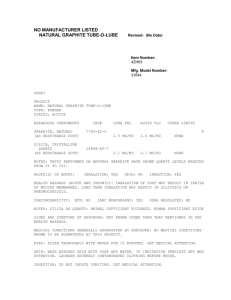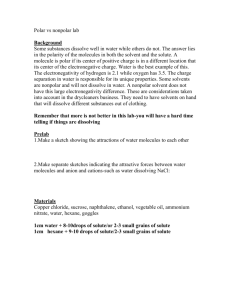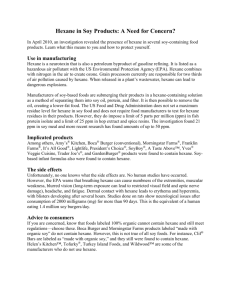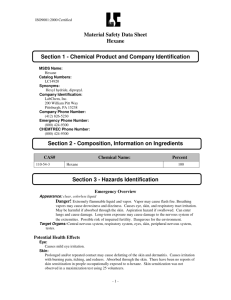The Ammonia Fountain
advertisement
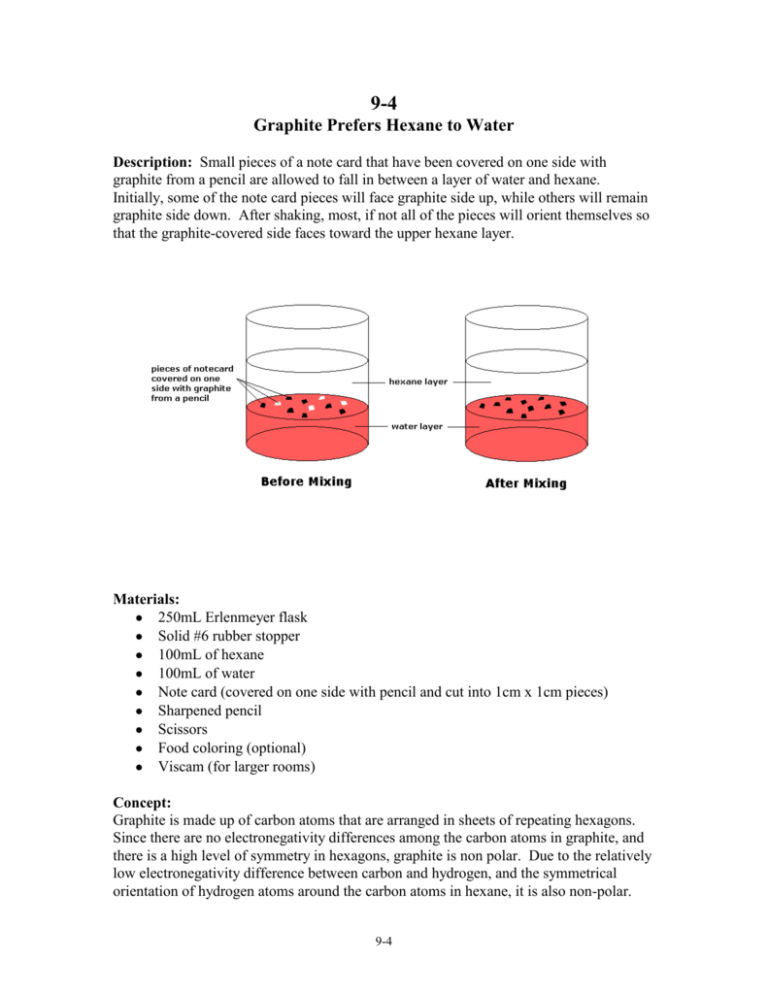
9-4 Graphite Prefers Hexane to Water Description: Small pieces of a note card that have been covered on one side with graphite from a pencil are allowed to fall in between a layer of water and hexane. Initially, some of the note card pieces will face graphite side up, while others will remain graphite side down. After shaking, most, if not all of the pieces will orient themselves so that the graphite-covered side faces toward the upper hexane layer. Materials: 250mL Erlenmeyer flask Solid #6 rubber stopper 100mL of hexane 100mL of water Note card (covered on one side with pencil and cut into 1cm x 1cm pieces) Sharpened pencil Scissors Food coloring (optional) Viscam (for larger rooms) Concept: Graphite is made up of carbon atoms that are arranged in sheets of repeating hexagons. Since there are no electronegativity differences among the carbon atoms in graphite, and there is a high level of symmetry in hexagons, graphite is non polar. Due to the relatively low electronegativity difference between carbon and hydrogen, and the symmetrical orientation of hydrogen atoms around the carbon atoms in hexane, it is also non-polar. 9-4 The cellulose in the paper contains OH groups, making it polar. Though water has symmetry, it’s bent shape results in a net dipole moment that is oriented along the axis of symmetry and facing the oxygen atom. The graphite on the notecard will prefer to face the non polar hexane layer, while the cellulose on the uncoated side will prefer to face the water layer. Procedure: Put the 100mL of water into the Erlenmeyer flask and add a few drops of food coloring (optional). Pour the 100mL of hexane on top of the more dense water layer. Add the pieces of note card that have been coated on one side with graphite. The pieces will fall through the hexane layer and settle on top of the water layer below. Initially, the orientation of these pieces will be varied, though many will prefer to have the graphitecoated side facing the hexane layer. Stopper the flask and briefly shake it. Beware of the potential of building up vapor pressure in the flask! This may cause the stopper to shoot off of the top of the flask if shaken too long! After shaking, most, if not all of the note card pieces will orient themselves so that the graphite-coated side is facing the hexane layer. If this demo is to be performed in a larger room, request the Viscam so that students in the back can view what is happening. 9-4
